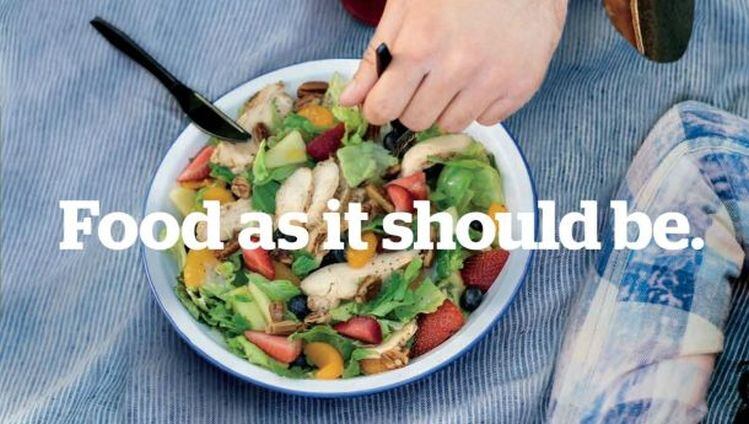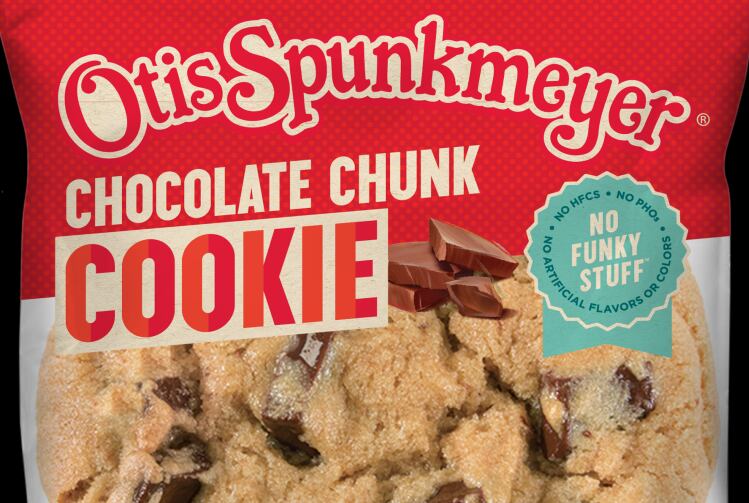“For some consumers clean eating may mean eating less processed food, more natural food – whatever that means, avoiding artificial ingredients… or for some, it may mean a free from diet, cutting out dairy or soy, or something along the lines of a paleo or keto diet.
“But the term ‘clean’ is still pretty confusing… We talked through a couple of product examples with consumers [that featured the word ‘clean’ on the front of the pack] and one woman commented that she thought it looked like a cleaning product, for example, while others stated confusion overall about what clean may mean.”
As to the relationship between ‘clean’ eating and health, many consumers believe the two are intimately connected, she said.
“There’s a shift… it’s not just nutrition for them. Healthy for them encompasses many things including some of those clean label attributes. They are looking at freshly made, or minimally processed, or free from artificial ingredients as part of their overall definition of healthy, regardless of the nutrition.”
Hartman Group: There are cues for 'clean' food, you don't have to put the word on the label
Speaking to FoodNavigator-USA last year, Hartman Group SVP Shelley Balanko, PhD, noted that while the term ‘clean label’ has been bandied around within the food industry for years, it’s still relatively new to consumers, with Panera probably the best known example of a brand that talks about 'clean eating' with consumers.
“Clean is one of the newer terms in consumer vernacular around quality food, and it’s still pretty new. To consumers, it's about eating foods that are ‘uncontaminated’ with pesticides, hormones and antibiotics as well as artificial sweeteners and flavors and so on.
“Our research shows that the downside of the term ‘clean’ in consumer communications is that some people think it’s a bit pretentious and neurotic. There’s also a sentiment that it’s like ‘natural,’ potentially a marketing gimmick, so we would probably recommend against putting it on pack.
“When consumers think about clean foods they are thinking about fresh, real, less processed foods, it should be self-evident that they’re clean from looking at the ingredients list, by seeing the product through transparent packaging, for example. Consumers don’t necessarily want to see the word ‘clean’ slapped over everything.”
As to where the clean label trend is going, it depends on the consumer, said Dr Balanko.
For the majority of consumers, she said, clean eating is still about avoiding things that sound artificial or unnatural, or put more simply, eating food that is “made simply and grown naturally.”
But for some more ‘progressive’ consumers, the conversation is moving beyond avoiding artificial colors, flavors, sweeteners and preservatives or whatever else is on Panera’s ‘no no’ list, to thinking about GMOs, pesticide residues, antibiotics, sustainability, animal welfare, farming methods and food technologies, she argued.
So clean eating might mean non-GMO, fair trade, sustainable, or ethically sourced: “Consumers are layering in more things around ethical or intentional sourcing.”


